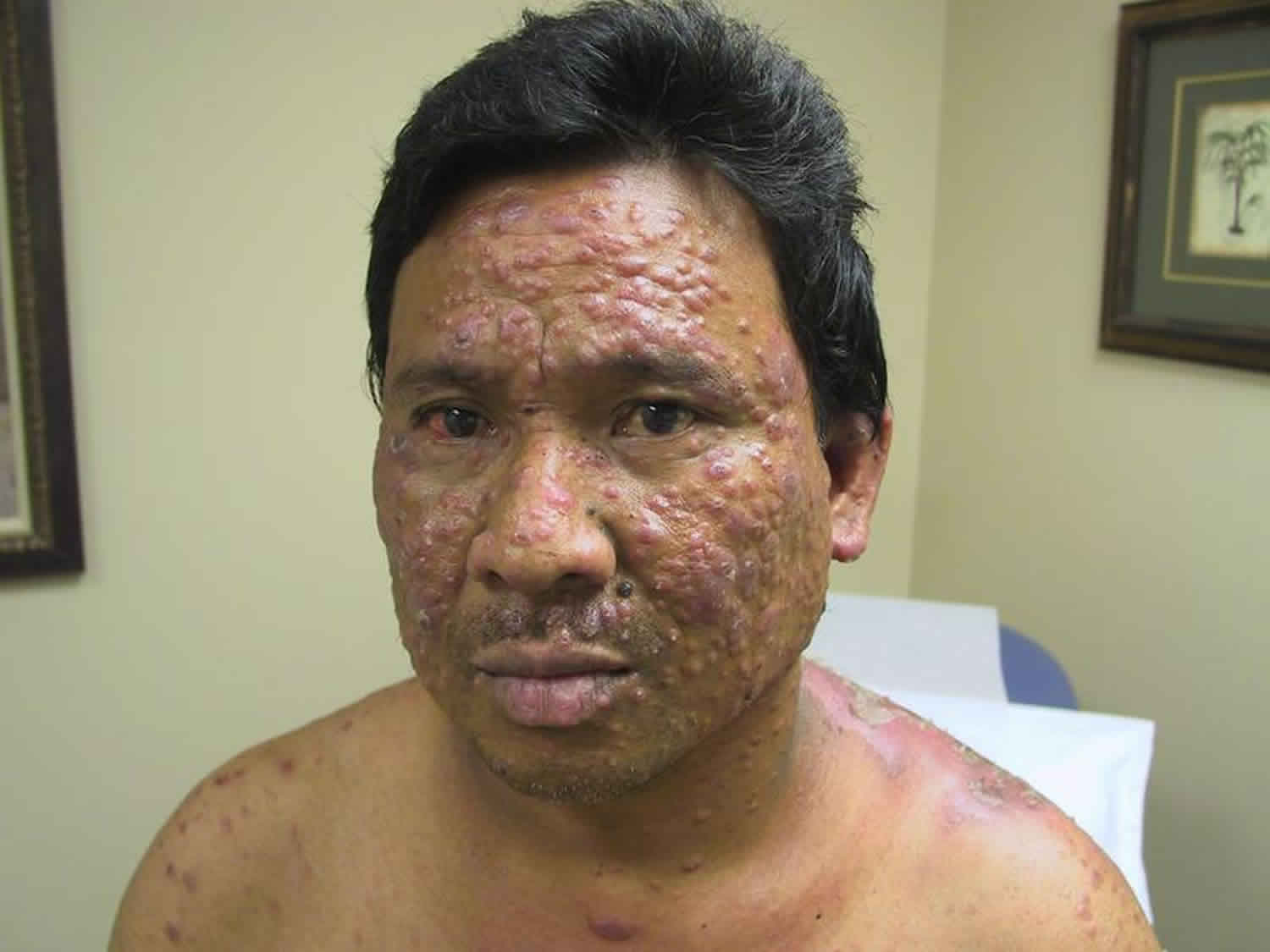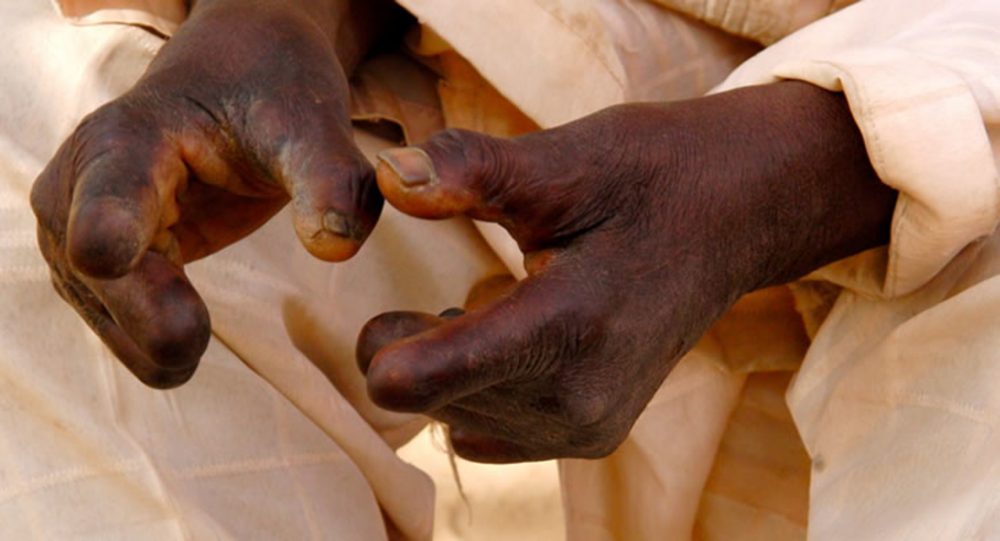does leprosy still exist in the world Leprosy leprae bacillus hansens chronic infectious mycobacterium acid ago
Leprosy, also known as Hansen’s disease, is a chronic infectious disease caused by the bacteria Mycobacterium leprae. Despite significant progress made in combating various diseases around the world, leprosy remains a persistent health concern in many regions. Let us delve into the various aspects of leprosy, including its implications, challenges in eradication, and ongoing efforts. Leprosy affects millions of people around the globe, particularly those residing in poor and developing countries. This infectious disease predominantly impacts the skin, peripheral nerves, and mucous membranes. The initial symptoms of leprosy often include skin lesions, numbness, and muscle weakness. If left untreated, it can lead to severe disabilities and deformities. Efforts to tackle leprosy have been underway for decades, yet its complete eradication continues to be challenging. Various factors contribute to the persistence of leprosy, including social stigmatization, limited access to healthcare, and difficulties in diagnosing and treating the disease promptly. Moreover, the long incubation period of leprosy makes it difficult to detect and control its transmission. The World Health Organization (WHO) has been taking significant steps to combat leprosy. Its strategy focuses on early detection, multi-drug therapy, and preventing disabilities caused by the disease. Multi-drug therapy is highly effective in curing leprosy and preventing the development of drug resistance. WHO provides free drug supply to endemic countries, ensuring that treatment is readily available. To create awareness and educate the general public about leprosy, various organizations and institutions have been working tirelessly. These initiatives aim to dispel myths and misconceptions surrounding the disease, reduce stigma, and promote early diagnosis and treatment. Public health campaigns and community outreach programs play a vital role in disseminating accurate information and ensuring that affected individuals receive the care they need. Now, let’s take a closer look at some key aspects of leprosy: 1. Historical Context: Leprosy has a long history, with evidence of its existence dating back several centuries. In the past, leprosy was highly stigmatized, leading to the isolation of affected individuals. However, with advancements in medical knowledge and understanding, it is now known that leprosy is neither highly contagious nor a cause for social ostracism. 2. Global Impact: Although leprosy is endemic in certain regions, it is a global health concern. Efforts to control leprosy have seen considerable success, with the number of reported cases decreasing significantly over the years. Nevertheless, challenges persist due to cases that go unreported and undiagnosed, particularly in remote areas. 3. Diagnosis and Treatment: Timely diagnosis is crucial for effective treatment and minimizing disabilities caused by leprosy. Health workers and medical professionals are trained to recognize the early signs of leprosy and provide the necessary care. Multi-drug therapy, which combines antibiotics, is the recommended treatment for leprosy and has been remarkably successful in curing the disease. 4. Social Stigma: Stigma and discrimination against individuals affected by leprosy continue to pose significant challenges. Misconceptions and fear surrounding the disease can lead to social ostracism and adversely impact the mental well-being of those affected. However, efforts are being made to raise awareness, dispel myths, and promote inclusivity. In conclusion, leprosy remains a persistent health issue despite significant worldwide efforts to combat it. Continued investment in research, healthcare infrastructure, and public awareness programs is essential to eradicate leprosy and ensure affected individuals receive the care they need. By addressing the social stigma associated with the disease and providing early diagnosis and treatment, we can make significant strides towards a world free from leprosy.
If you are searching about 40 Large Facts about Leprosy - Fact City you’ve visit to the right place. We have 5 Pics about 40 Large Facts about Leprosy - Fact City like Leprosy Fact Sheet | Africa Health Organisation, 40 Large Facts about Leprosy - Fact City and also 40 Large Facts about Leprosy - Fact City. Here you go:
40 Large Facts About Leprosy - Fact City
 factcity.comleprosy
factcity.comleprosy
Why Leprosy Has Not Yet Been Eradicated - NZ Herald
/cloudfront-ap-southeast-2.images.arcpublishing.com/nzme/QPOE7EVGZTDWOMEJLSUEKLSDBU.jpg) www.nzherald.co.nzleprosy eradicated yet fatima suffers
www.nzherald.co.nzleprosy eradicated yet fatima suffers
Leprosy Disease Causes, Symptoms, Diagnosis, Treatment And Cure
 healthjade.comleprosy disease leprae mycobacterium cure lepromatous contagious symptoms facies leonine there causes medbullets hansen treatment contents hand diagnosis nodular
healthjade.comleprosy disease leprae mycobacterium cure lepromatous contagious symptoms facies leonine there causes medbullets hansen treatment contents hand diagnosis nodular
Leprosy Fact Sheet | Africa Health Organisation
 aho.orgleprosy leprae bacillus hansens chronic infectious mycobacterium acid ago
aho.orgleprosy leprae bacillus hansens chronic infectious mycobacterium acid ago
Everything You Need To Know About Leprosy | Leprosy Causes And Symptoms
 www.sympdisease.comleprosy
www.sympdisease.comleprosy
Everything you need to know about leprosy. Leprosy disease causes, symptoms, diagnosis, treatment and cure. Leprosy disease leprae mycobacterium cure lepromatous contagious symptoms facies leonine there causes medbullets hansen treatment contents hand diagnosis nodular